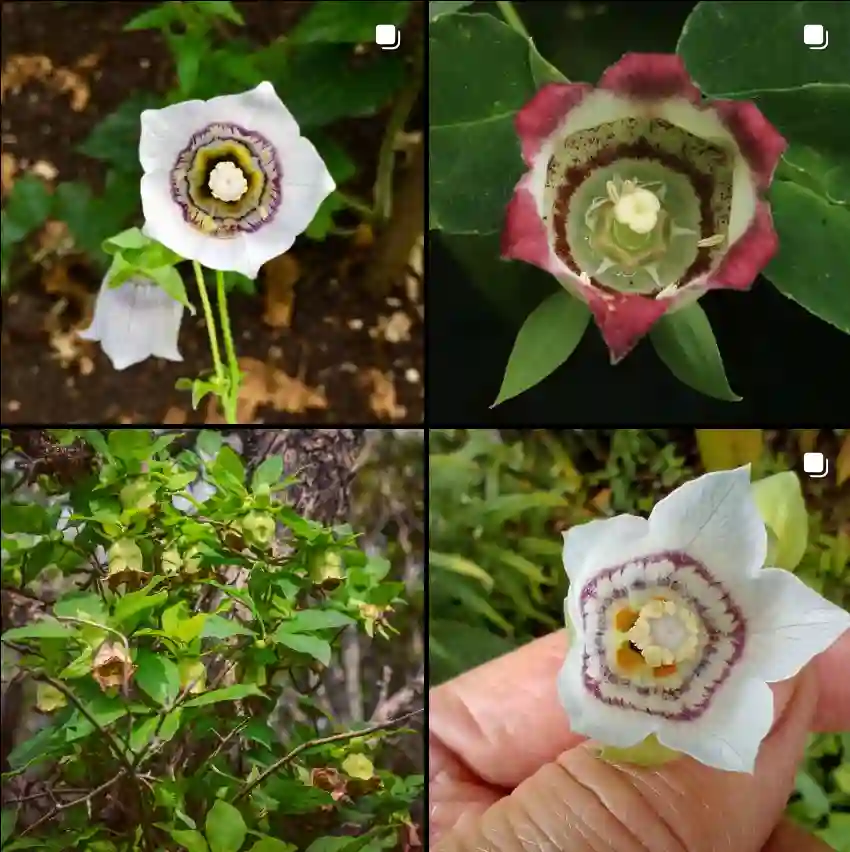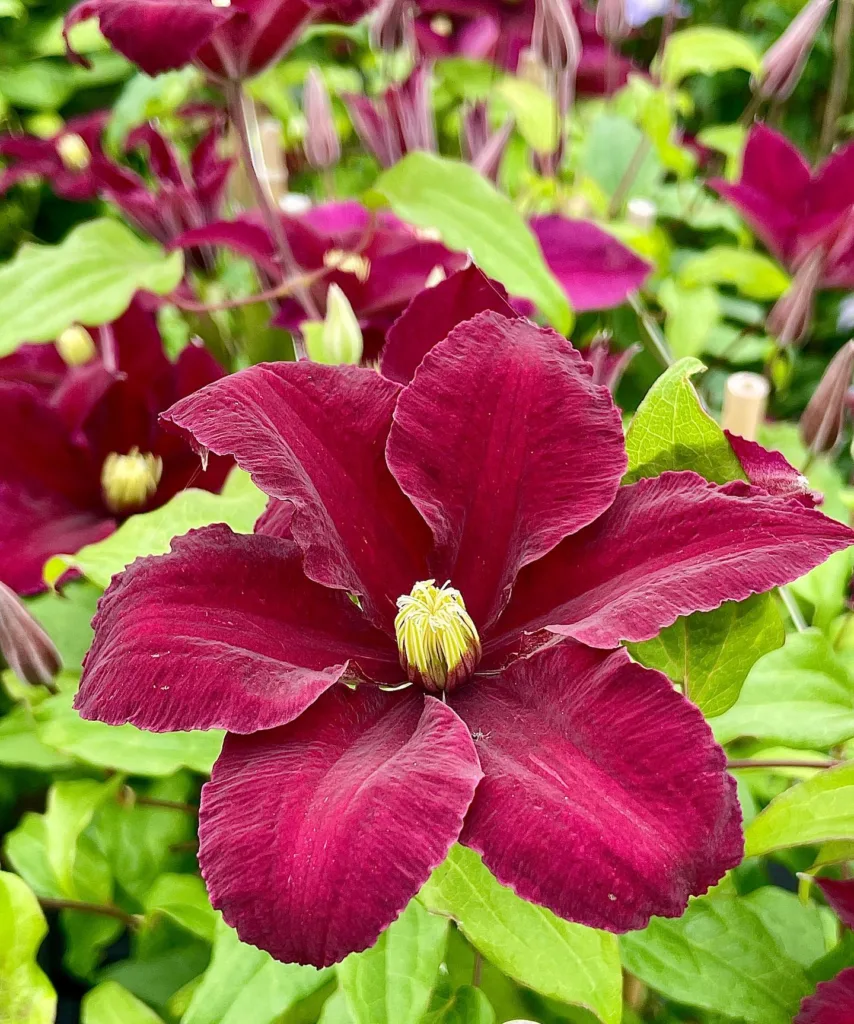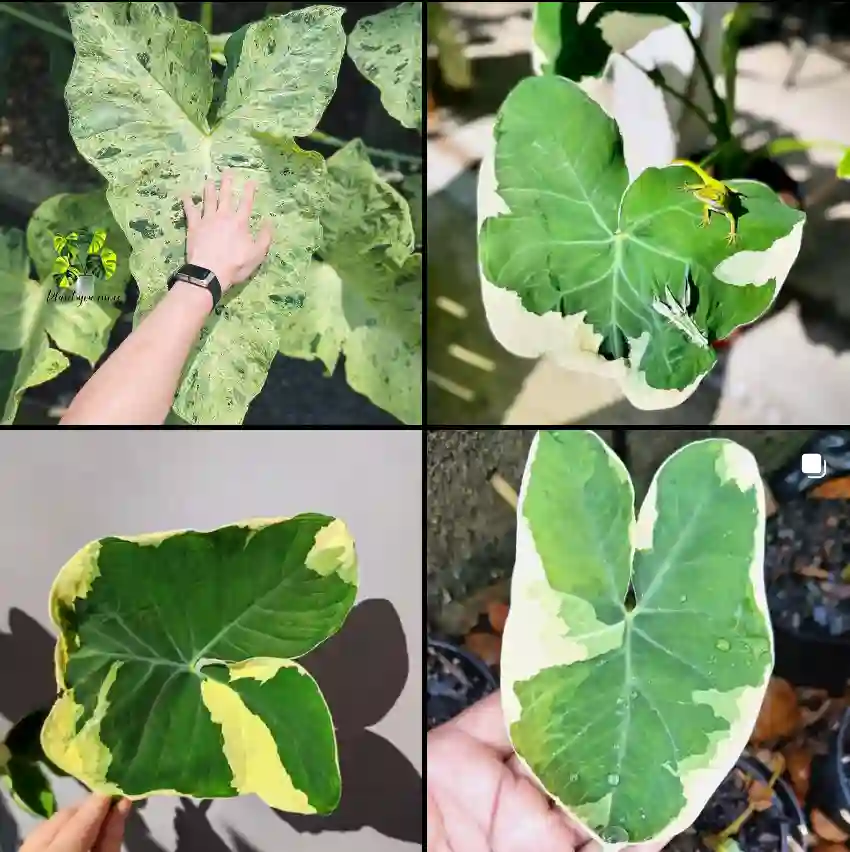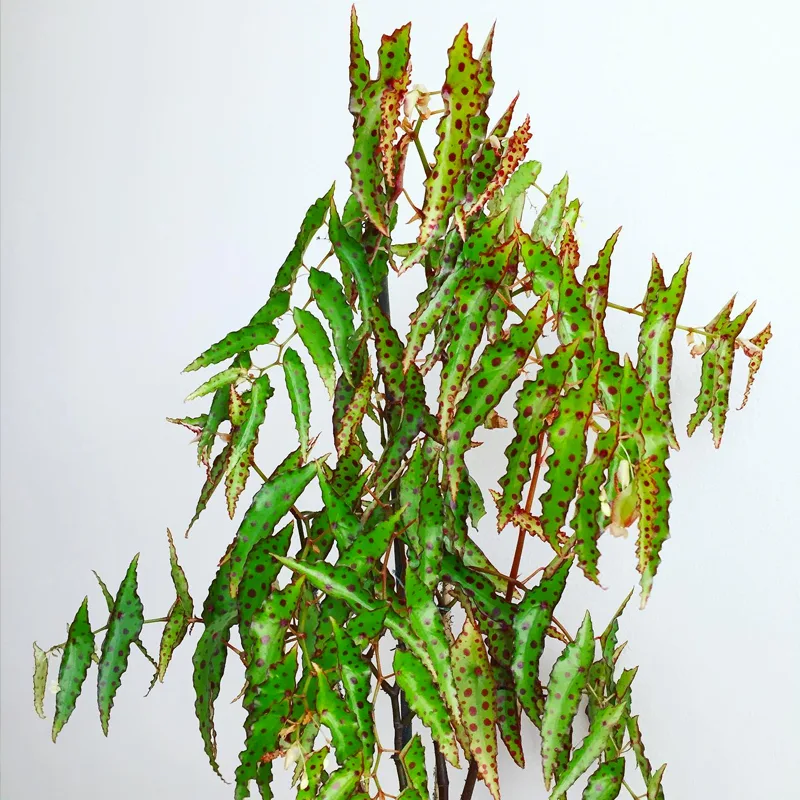My Fascination with the Calophyllaceae Family
As a botanist, I’ve always been captivated by the diversity and resilience of the plant kingdom. One family that particularly piques my interest is Calophyllaceae. This group of flowering plants boasts a remarkable array of genera, each with its unique characteristics and ecological significance. Let’s embark on a journey through the world of Calophyllaceae and discover the beauty and intrigue it holds.
A Global Presence
Calophyllaceae, also known as the Beauty Leaf family, is a pantropical family, meaning its members are found in tropical regions around the globe. From the lush rainforests of Southeast Asia to the sun-drenched savannas of Africa, these plants have adapted to a wide range of environments. This adaptability is a testament to their evolutionary success and underscores their importance in maintaining ecological balance.
Genera of Calophyllaceae
The Calophyllaceae family comprises several genera, each with its own distinct features and ecological roles. Let’s take a closer look at members of this family:
- Calophyllum: This genus is perhaps the most well-known within the Calophyllaceae family. It includes a diverse array of trees and shrubs, many of which are valued for their timber, resin, and medicinal properties. The Calophyllum inophyllum, also known as the Alexandrian laurel or beauty leaf, is a particularly iconic species. Its large, glossy leaves and fragrant flowers make it a popular ornamental tree, while its oil-rich seeds have been used for centuries in traditional medicine and cosmetics.
- Mammea: This genus is characterized by its fleshy fruits, which are often edible and enjoyed by both humans and wildlife. The Mammea americana, or mammee apple, is a prime example. Its large, round fruit has a thick, leathery rind and a sweet, aromatic pulp that is reminiscent of apricot and mango.
- Mesua: This genus includes several species of trees that are valued for their timber and ornamental qualities. The Mesua ferrea, or ironwood tree, is particularly noteworthy. Its dense, hard wood is highly resistant to decay and is often used in construction and shipbuilding.
- Kielmeyera: This genus is primarily found in South America and is known for its diverse array of shrubs and trees. Many Kielmeyera species have medicinal properties and are used in traditional remedies to treat various ailments.
- Haploclathra: This genus comprises a small group of trees that are primarily found in Central and South America. They are often characterized by their unique floral structures and are an important source of food for pollinators.
- Caraipa
- Clusiella
- Endodesmia
- Kayea
- Lebrunia
- Mahurea
- Marila
- Neotatea
- Poeciloneuron
Ecological Importance
The Calophyllaceae family plays a crucial role in maintaining ecological balance in tropical ecosystems. Their diverse array of genera contributes to the overall biodiversity of these regions, providing habitat and food for a wide range of organisms. Many Calophyllaceae species are also important sources of timber, resin, and medicinal compounds, making them valuable resources for local communities.
Conservation Concerns
Despite their ecological significance, many Calophyllaceae species are facing threats due to habitat loss, overexploitation, and climate change. Deforestation, driven by agricultural expansion and logging, is a major concern, as it destroys the natural habitats of these plants. Overharvesting of timber and other resources also poses a threat, as it can lead to population declines and even extinction. Additionally, climate change is altering the environmental conditions in tropical regions, making it more challenging for some Calophyllaceae species to survive.
A Call for Action
Protecting the Calophyllaceae family and its diverse array of genera is essential for maintaining the health and resilience of tropical ecosystems. Conservation efforts, such as habitat restoration, sustainable resource management, and climate change mitigation, are crucial for ensuring the long-term survival of these plants. By working together, we can safeguard the beauty and ecological significance of the Calophyllaceae family for generations to come.
In conclusion, the Calophyllaceae family is a fascinating group of plants that boasts a remarkable array of genera, each with its own unique characteristics and ecological significance. From the iconic Calophyllum inophyllum to the lesser-known Haploclathra species, these plants contribute to the overall biodiversity and ecological balance of tropical regions around the globe. As we continue to explore and appreciate the wonders of the plant kingdom, let us not forget the importance of conserving the Calophyllaceae family and its invaluable contributions to our planet.
If i die, water my plants!



